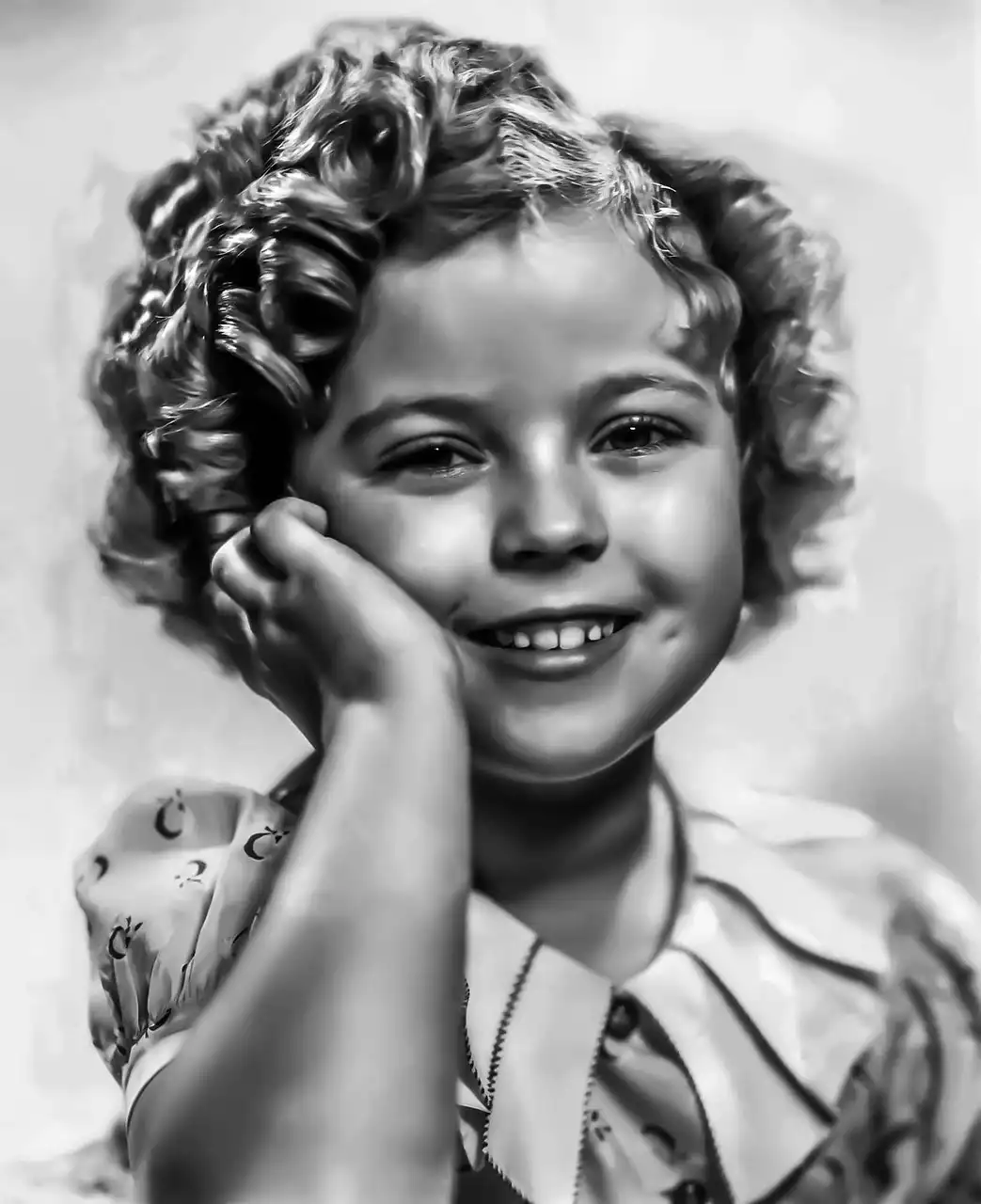The Great Depression was a time of unprecedented hardship for the majority of Americans. However, it also led to innovations and changes in popular culture that are still felt today. In general, clothing reflected the hard times with a return to simpler and more modest styles after the excesses of the late 1920s. In 1930s fashion, children’s clothing was no exception to this trend. It may come as a surprise to many people who think of this period as being filled with frills and girly fashions, but 30s kid's clothing was actually quite simple and practical. Instead of short skirts and sleeveless blouses, most girls wore longer dresses with knee-length stockings and black patent leather shoes or lace-up boots. Boys wore simple button-up shirts or collared sweaters over long pants with solid colors finished off with knickers or slim trousers that ended just above the knee.
Returning to Basics
The primary shift in children’s clothing in the 1930s was a return to more conservative and conventional styles that reflected a general trend toward the “retooling of America’s economic and social life”. This was partially a response to the economic downturn, but also a broader reaction to the “flapper” culture of the 1920s and the “excesses of the pre-Depression decade”. This meant a return to more modest clothing for both boys and girls, with a decreased emphasis on fancy fabrics, bright colors, and over-the-top frills. Boys’ clothing in particular became more conservative. Collared and button-up shirts were highly popular, while short pants (knickers) returned after having fallen out of favor in the late 1920s.
New Technologies and Fabrics
New fabrics and production technologies that were developed during the 1930s helped shape the clothing of the decade. One notable innovation of the 1930s was rayon, which until that point had been a very delicate and flimsy fabric. However, in the 1930s, new production techniques allowed for the creation of a much stronger rayon fabric. Other new fabrics from the 1930s included viscose, which was related to rayon, and nylon, which was a synthetic fabric created entirely in a laboratory. Another important development was the advent of zippers, which became much more common during the 1930s. The zipper was invented in the late 1890s but didn’t become widely available until the 1920s. It was a very expensive product during its early years, but as it was mass-produced and made more affordable, it became standard in children’s clothing by the early and mid-1930s.
Footwear for Children
The most important and most noticeable change in children’s footwear in the 1930s was the advent of rubber soles. Rubber-soled kids’ shoes first became popular around the turn of the decade and came to completely replace the leather-soled variety by the end of the 1930s. As rubber was much cheaper than leather, a pair of rubber-soled shoes cost less than a leather pair. However, they also held up much better, lasting much longer than leather. Furthermore, rubber-soled shoes were much easier to clean than leather, making them ideal for use in the messy and dirty streets of the Great Depression and World War II era. The popularity of rubber-soled shoes was most likely a response to the increasing dirtiness of the sidewalks and streets of America’s cities, which would have been littered with the ever-present black rubber from car tires.
Gender Differences in Children’s Clothing
As was true in most of the twentieth century, girls’ clothing in the 1930s was much more conservative than that of boys. This difference was reflected in the length of the clothing, with girls’ dresses and skirts falling just above the knee or to just below the knee, while boys’ clothing remained above the knee. The difference was also reflected in the types of fabrics used, with girls’ clothing being primarily made of cotton while boys’ outfits were made of more sturdy fabrics like wool. Boys’ clothing also had a much stronger emphasis on practicality, while girls’ clothing was a bit more decorative. This is reflected most notably in the types of shoes worn by boys and girls in the 1930s. Boys mostly wore button-up shoes or lace-up boots, while girls mostly wore Mary Janes or lace-up shoes. One important exception to this rule was the rubber-soled shoe, which was worn by both boys and girls in the 1930s.
Conclusion
The 1930s were a time of economic hardship and simple clothing for children. Although some fads and trends from the 1920s remained, children’s clothing in the 1930s was much less fancy and more conservative. This was partially a reflection of a broader cultural shift away from the flapper-era “speakeasy” style, and partially a response to the depression and the rising prevalence of rubber-soled shoes. In general, boys’ clothing became more conservative and less fancy, while girls’ clothing remained fancy but less attention was paid to the decoration and more was paid to practicality. This meant a return to more conventional colors and fabrics, like blues, browns, and grays, in a move away from the bold primary colors and fancy fabrics of the 1920s.


 History of Techno in Berlin
History of Techno in Berlin
 Austria's Alpine Paradise: Discovering the Charm of Tyrol and Vorarlberg
Austria's Alpine Paradise: Discovering the Charm of Tyrol and Vorarlberg
 Everything You Need to Know About Women's Perfume
Everything You Need to Know About Women's Perfume Mens Suits in 1920s America
Mens Suits in 1920s America Men's Hat Fashions in 1920s America
Men's Hat Fashions in 1920s America American Men's Casual and Sportswear in the 1920s
American Men's Casual and Sportswear in the 1920s 1930s Fashion for Men in America
1930s Fashion for Men in America